Purple rules! Well it did until the fall of the Byzantine Empire.
Julius Caesar and Caesar Augustus made it the law that only the Roman Emperor could wear purple and Nero made it a capital offence to wear it or even be involved in the sale of it.
This was all because of a tiny Mediterranean sea snail, Bolinus brandaris, which for centuries from around 1900 BC was the only means of creating purple dye.
It took around 12,000 creatures to produce 1.5 grams of the dye, about enough for a single garment. Sustainable fashion it was not.
Tyrian purple
The purple dye capital of the world was Tyre in what is now Lebanon.
The Phoenicians created Tyrian purple by cracking open the shell, extracting the mucus responsible for the purple shade, and exposing it to sunlight.
The dye became more valuable than gold and the price of four balls of purple wool was more than a year’s wages for most people.
No-one but the super rich could afford it and purple became, often by decree, the sole preserve of the nobility.
Children of leaders in the Byzantine Empire were said to be ‘born in the purple’ because their parents wore purple robes and signed their names in purple ink.
When Constantinople fell to the Ottomans in 1453, Emperor Constantine cast off his imperial regalia to engage in hand-to-hand combat and this may have been the precise moment that purple lost its standing in the world.
Synthetic dyes
Certainly by around 1500 the aristocracy had lost its claim to the colour but it wasn’t until the first synthetic purple dyes were produced in the 1850s that purple became more widely available.
Now anyone can wear purple but curiously our own Queen rarely chooses it, opting instead for much lighter, brighter colours. Occasionally she’ll go for Royal Blue – but that’s another story.
Top picks
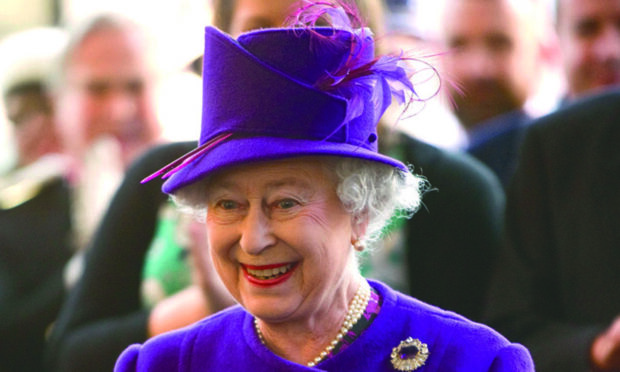
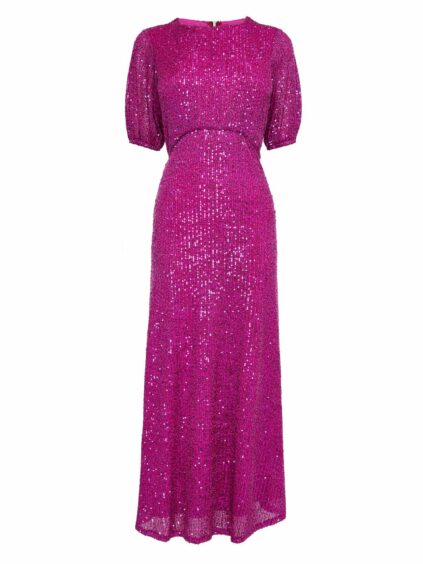
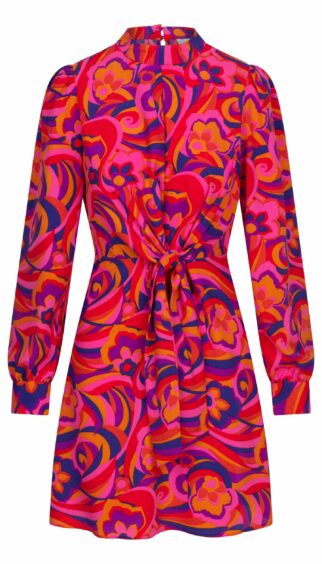


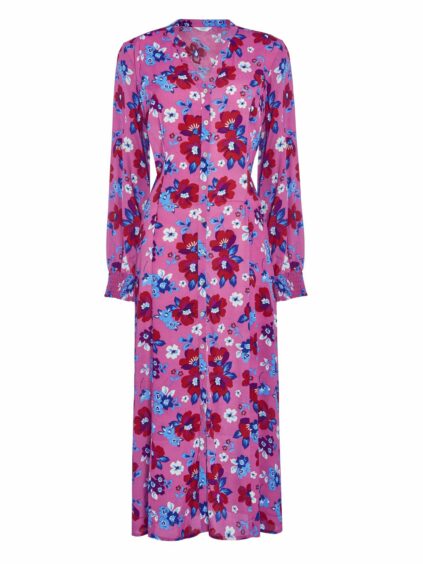


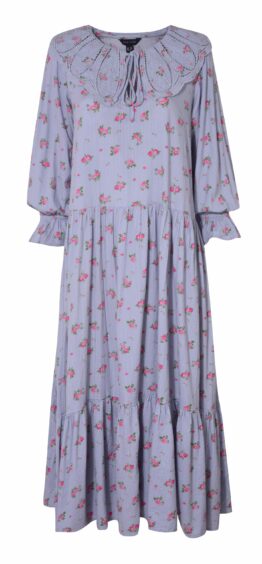
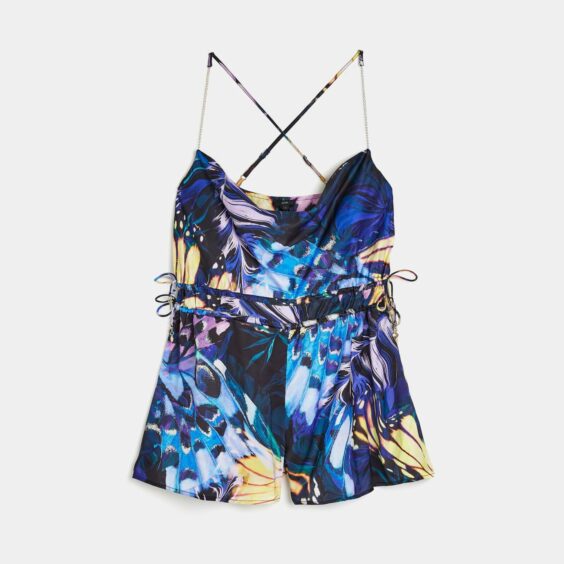










Conversation